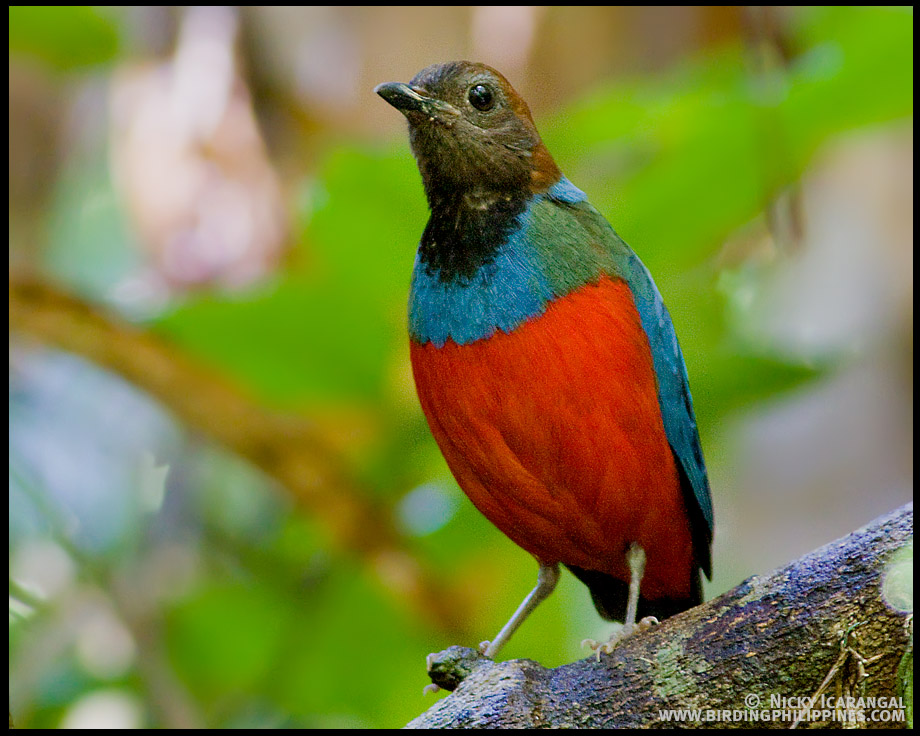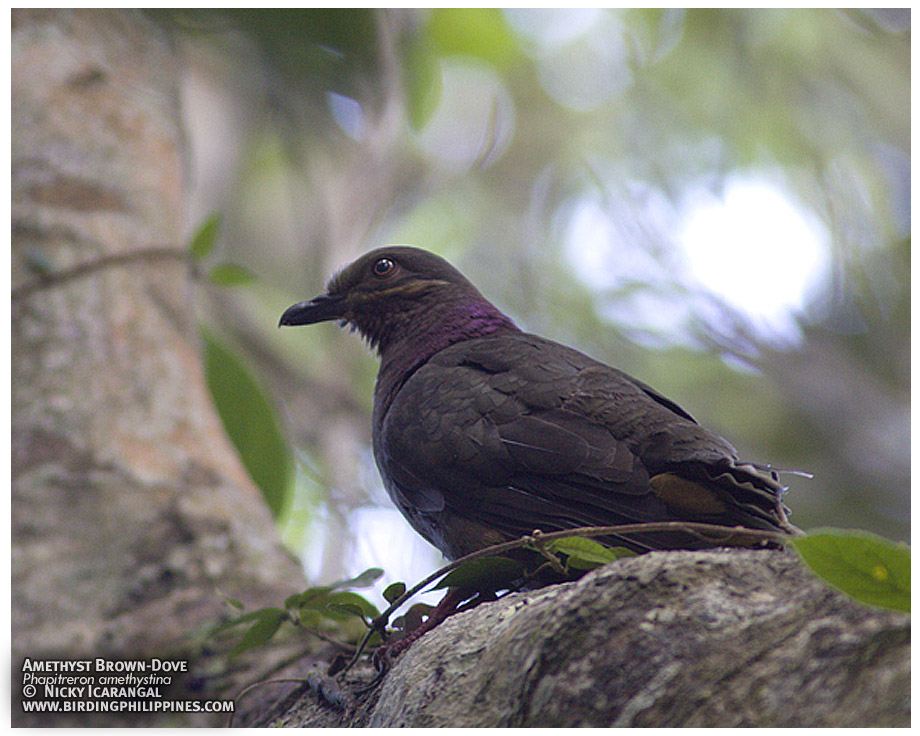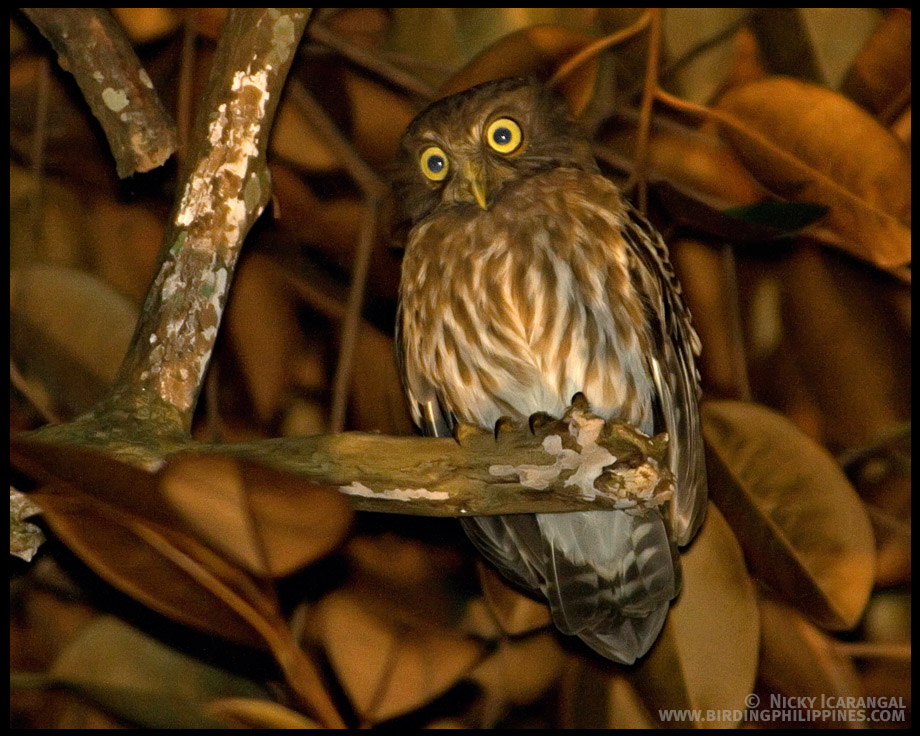Red-bellied Pitta: Jewel of the Philippine Forest Floor [HD]
Pittas belong to this majestic, very colorful group of birds that live on the moist tropical rainforest floors of Asia, Australia and Africa. They are brightly adorned with different shades of red, green and blue feathers but despite their stunning plumage, they can be incredibly hard to see - hopping away into the dark forest floor with the slightest movement, or staying still looking like a dried leaf or branch.
There are 5 species of pittas found in the Philippines, 2 of them are endemic: the Steere's (Azure-breasted) Pitta and the largest of all Philippine pittas, the Whiskered Pitta. One out of the 5 is a rare migrant (Blue-winged Pitta) while the remaining two are resident pittas that can be found also in other countries: the Hooded Pitta and this Red-bellied Pitta, Pitta erythrogaster
This calling Red-bellied Pitta was videoscoped in a mountain resort a few hours south of Manila. You can also hear other birds in the background: the loud and pulsing call (like a sewing machine badly needing an oil change) of the Grey-backed Tailorbird, the coooing White-eared Brown-dove and the melodious call of a White-browed Shama. Click on the links to see the other birds or visit our galleries here.
Red-bellied Pitta, Pitta erythrogaster
May 2011, Mts. Palay palay - Mataas na Gulod National Park, Cavite, Luzon, Philippines



